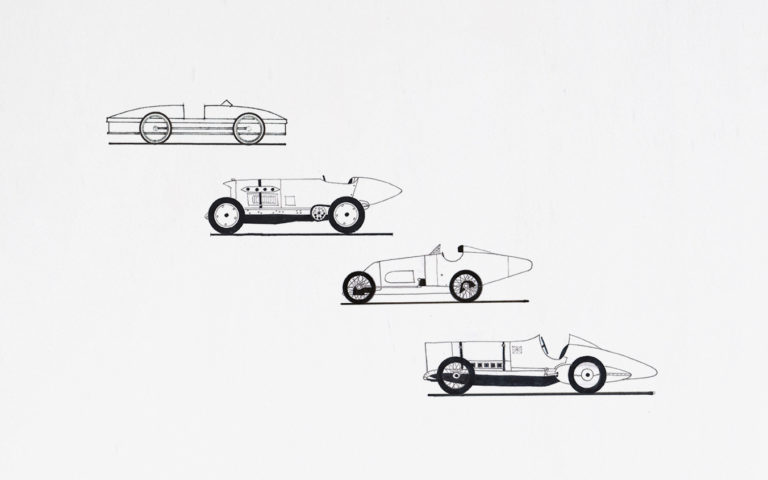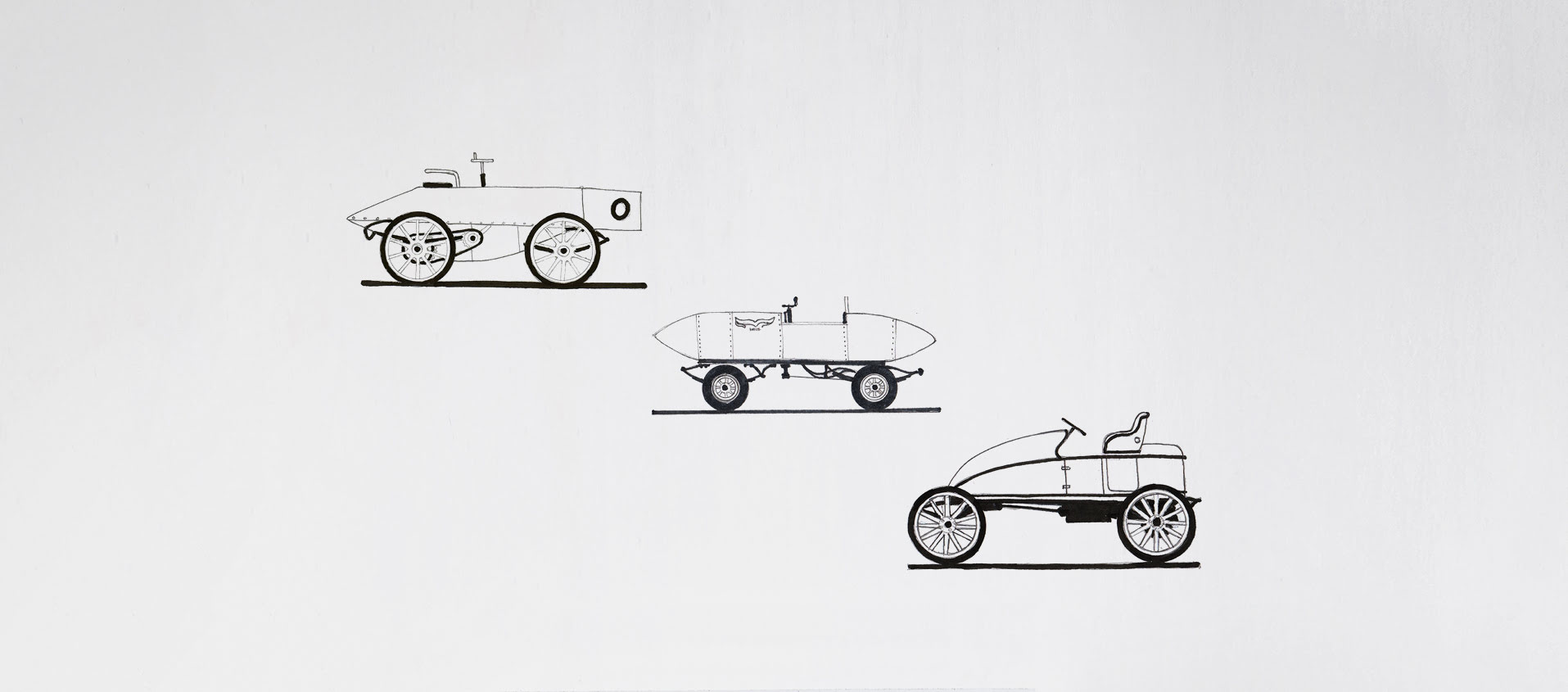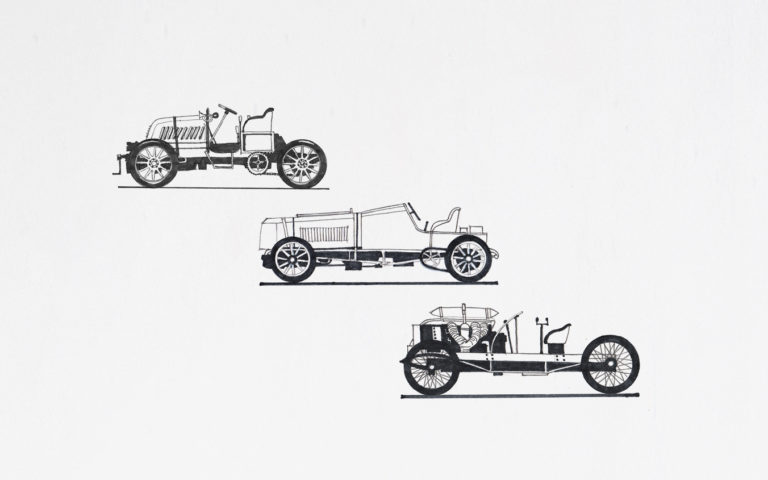The Speed Record Story 4 - 250 kilometres per hour. The final victory of fantasy
25 April 2021 3 min read 8 images

Just as engineers figured out that for vehicles destined to break speed records, Otto cycle internal combustion engines were the winning solution, the 200 km/h barrier was broken – not without surprise – by a steam-powered car. With careful attention to the aerodynamics in a similar vein to the Baker Torpedo – a sort of upside-down canoe that partially resembled the shape of a teardrop – the Stanley Rocket used a twin-cylinder engine capable of producing 150 horsepower and on 26th January 1906, on Daytona Beach, it managed to reach 205.448 Km/h. 58 years would then pass before a non-combustion engine could once again reclaim the record. That was a turbine engine which was followed by jet-powered ones.
Register to unlock this article
Signing up is free and gives you access to hundreds of articles and additional benefits. See what’s included in your free membership. See what's included in your free membership.
Already have an account? Log In


